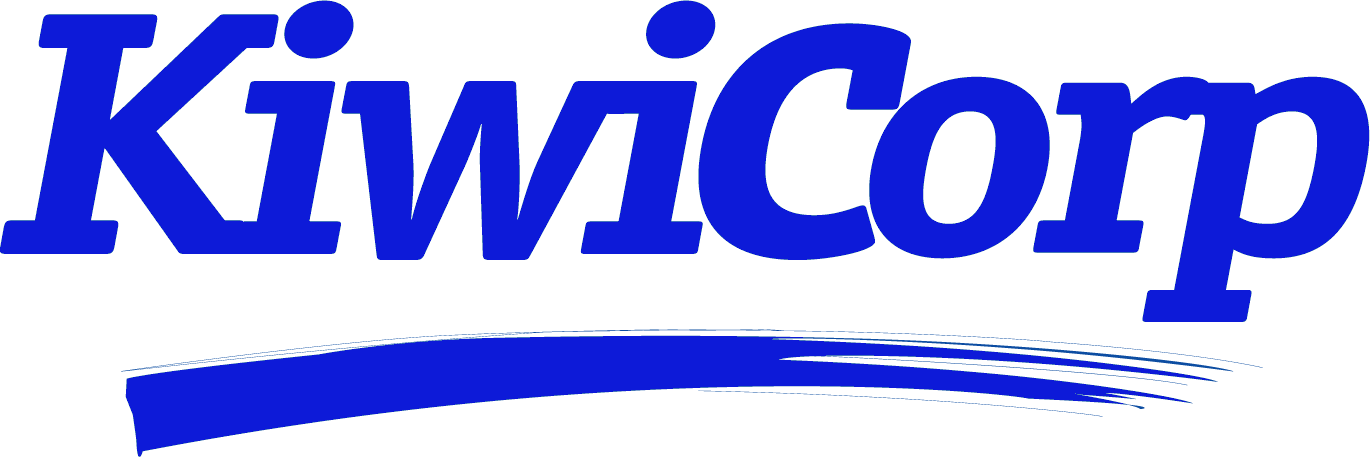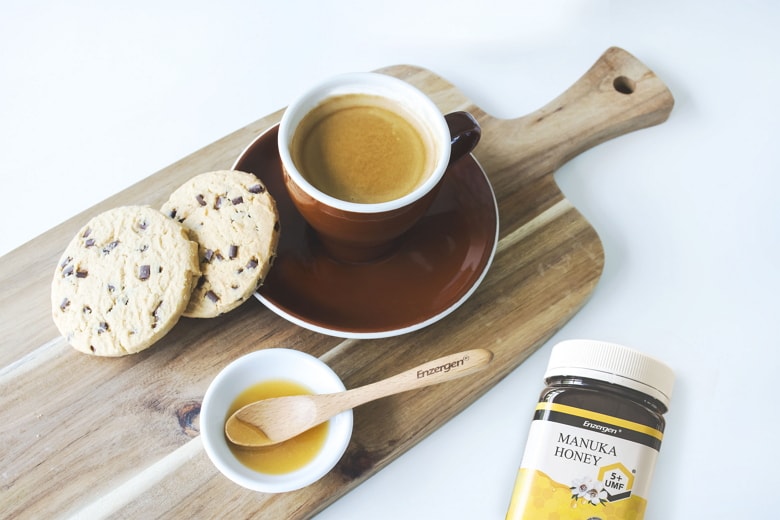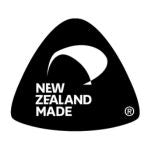
What is the difference between UMF and MGO Manuka honey?
UMF and MGO ratings are both used to indicate the antibacterial strength of Manuka Honey. Both are the most commonly used grading systems that convey the medicinal quality of the manuka honey.

UMF® is an internationally registered trademark that can be used only by licensed users who meet set criteria. UMF represents the purity and quality of Mānuka Honey. The higher the UMF grading number on a product then the higher the concentration of signature compounds found in the Mānuka Honey.
For a product to carry the UMF™ mark, it must pass the UMF quality + grading + rating tests.
MGO stands for methylglyoxal, the naturally occurring compound. MGO ratings refer to the level of Methyglyoxal in the honey. Methyglyoxal is a marker of Manuka honey.
As well as regular monitoring, the UMFHA also conducts random sampling to ensure Manuka honey carrying the UMF® mark is true to label.

Mānuka Honey comes from the nectar of the flower of the Mānuka bush which is indigenous to New Zealand. It is the nectar and the bee that give this honey its unique properties.

UMF Quality
more than just a number.







